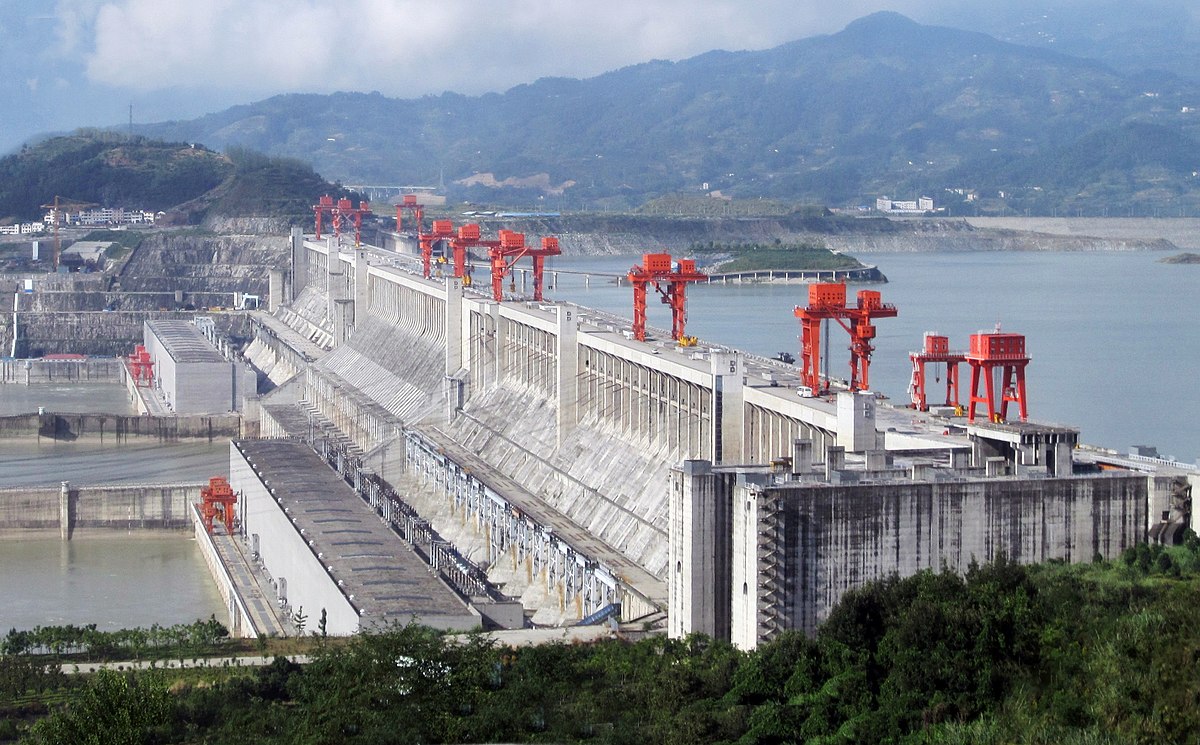Introduction
With the recent worldwide focus on renewable energy sources, Hydroelectric dams that control the flow of a river are being built faster than ever before. One of the prime examples of this, is the Three Gorges Dam – now the largest power station in the world.
The Three Gorges dam originally began construction in 1992, on a chokepoint of the River Yangtze. Only being finished recently in 2012, there are many benefits and disadvantages that have come with its construction.
Advantages
Socio-economic
- The dam currently provides protection from 1 in a 100 year floods. This is vital in ensuring the livelihoods of people living in the nearby Dongting Lake Plains.
Economic
- The dam provides 18,200 MW of hydro-electric power. This is estimated to be about 10% of China’s total electricity needs.
- The dam has improved the Chinese inland shipping system. Areas of the valley that were once out of reach for ships are now becoming major ports of trade.
- Water supply for towns in the valley has also improved.
Environmental
- Reduced air pollution as HEP energy is mostly generated in a clean and safe manner.
Disadvantages
Socio-Economic
- At least 1.2 million people have been resettled due to controlled flooding when the dam was built. Whole towns have disappeared.
- Some people living in the valleys have had to move to steeper areas with poorer soils for agriculture.
- Cultural heritage has been destroyed as over 1700 sites of cultural importance have been submerged by flooding.
Environmental
- Due to the dam blocking the flow of the river, sewage and industrial effluent have piled up in the reservoir.
- The famous Yangtze River Dolphin is now thought to be extinct due to loss of its habitat
- Such a large-scale dam has slightly increased earthquake risk in the area.
